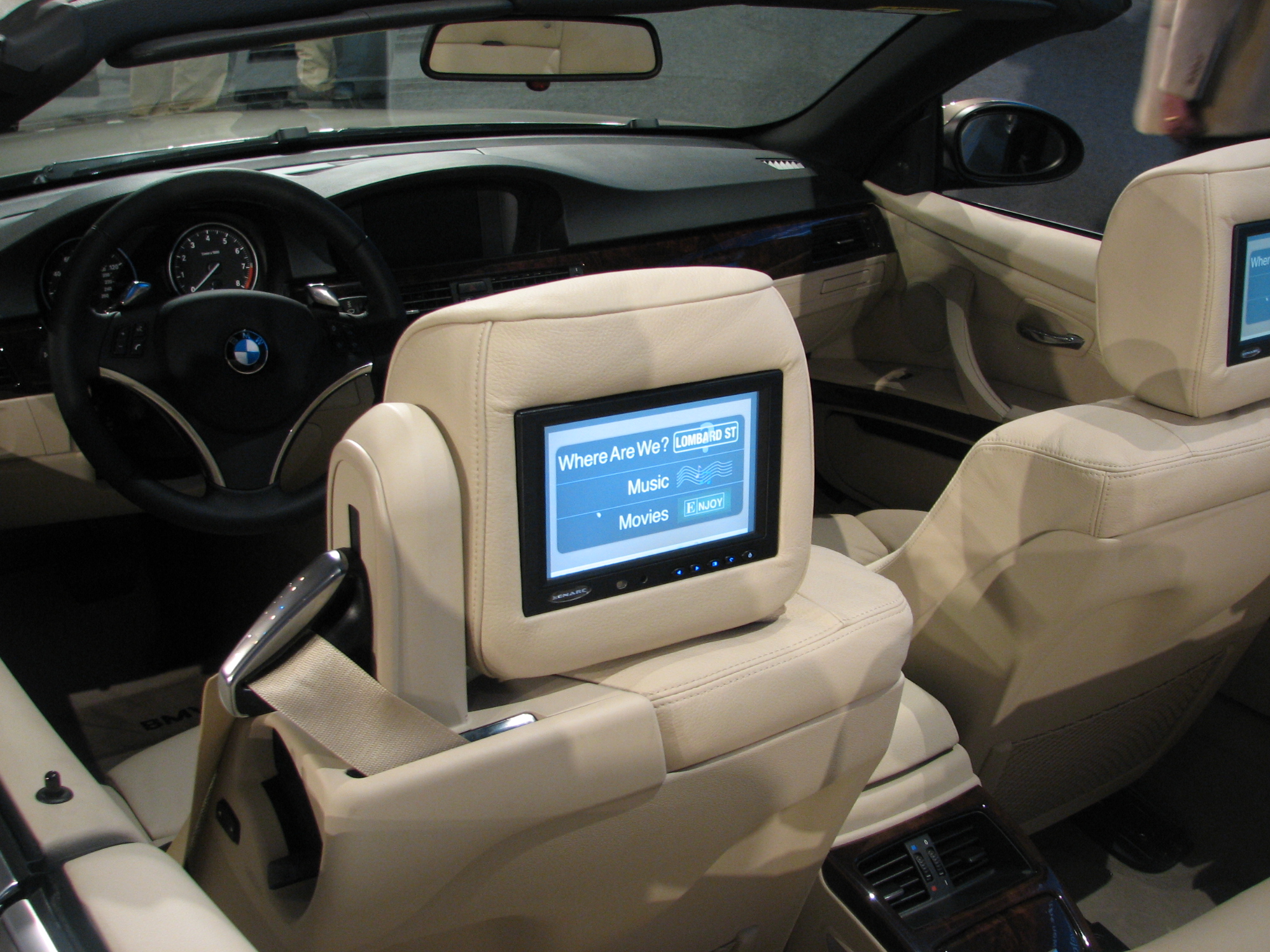Live from IDF: Entertainment, WiMax and a sense of security.

When you're talking tech, it never hurts to have a convertible BMW on stage with you. The afternoon keynote speeches at the Intel Developer Forum covered a lot of ground and some eye candy to keep us focused on what a couple of hours of geek speak can morph into, in the form of products.
The BMW demo, for example, showcased how an open entertainment platform - utilizing WiMax technology - can take in-car information (think mapping, points of interest and so on) and in-car entertainment (streaming video and music via head-rest screens) beyond the basic GPS, satellite radio and iPod connectivity that's being offered today. The in-screen images of the future GPS systems are three-dimensional and Web connectivity takes them even further. 
We've been hearing about WiMax for years but, with a launch expected later this year in Baltimore, it looks like the broader-reaching wireless technology may soon finally become a reality. Likewise, later this year, expect to hear more about Intel's newest line of processors, code-named Nehalem. One of the elements highlighted in a presentation was its power management capabilities.
I was particularly intrigued by the second keynote, dubbed "Where Will On-The-Go Go?" While the focus was meant to showcase where mobility is heading, the first part of the presentation seemed to focus more on how we got to where we are. Intel was quick to point to Centrino and how the company suggested, years ago, that wireless technology would drive notebook computers into the mainstream. It's true - we're here when it comes to notebooks. And Web surfers tapping into WiFi signals at Starbucks is a common sight today.
But the mobile devices showcased on the stage didn't do much for me. They look like larger versions of some higher-end mobile phones today, those equipped with QWERTY keyboards. Sure, many of these are prototypes, so it's tough to give anyone a hard time about them. I am, however, tempted to give the company a hard time about the presentation surrounding security. Remote access to a laptop allows for an administrator to launch "a poison pill" to disable a lost or stolen computer so that important files can't be accessed. Better yet, an alternative name for the poison pill - "the Vulcan grip" - seemed to go over better with the crowd. Beyond the Vulcan reference, the idea drove home the point that the remote access disabling wasn't actually killing the laptop or purging files. In the event the machine was recovered, it would be easy enough to reverse the process.
I have mixed issues about this security feature. Yes, it's good that there's technology to lock down a stolen computer that might have vital information on it. But I still have huge issues with the idea of placing important and sensitive files - such as medical records, financial records or social security numbers - on a computer instead of on the cloud. But I've also written in this same space about outages and other problems with the cloud. So, until we can stabilize cloud computing, the idea of being able to remotely block access for unauthorized users is a good solution.
Let's just not get too comfortable with a temporary sense of security that comes from an IT manager putting a Vulcan grip on a lost laptop.